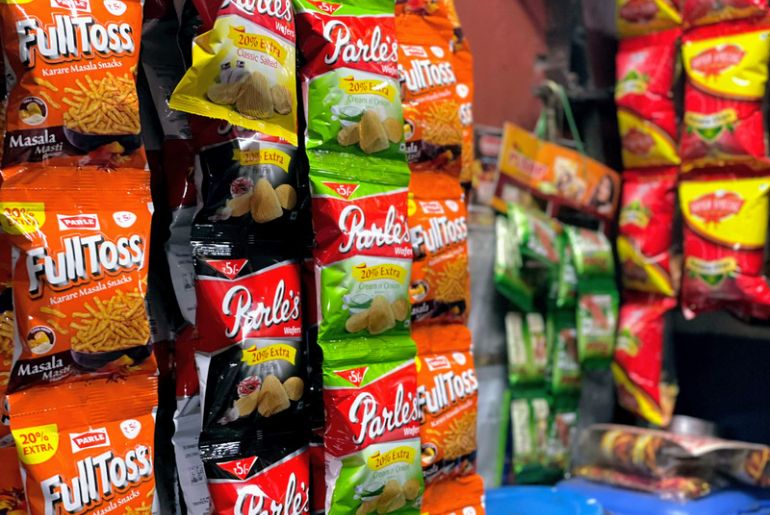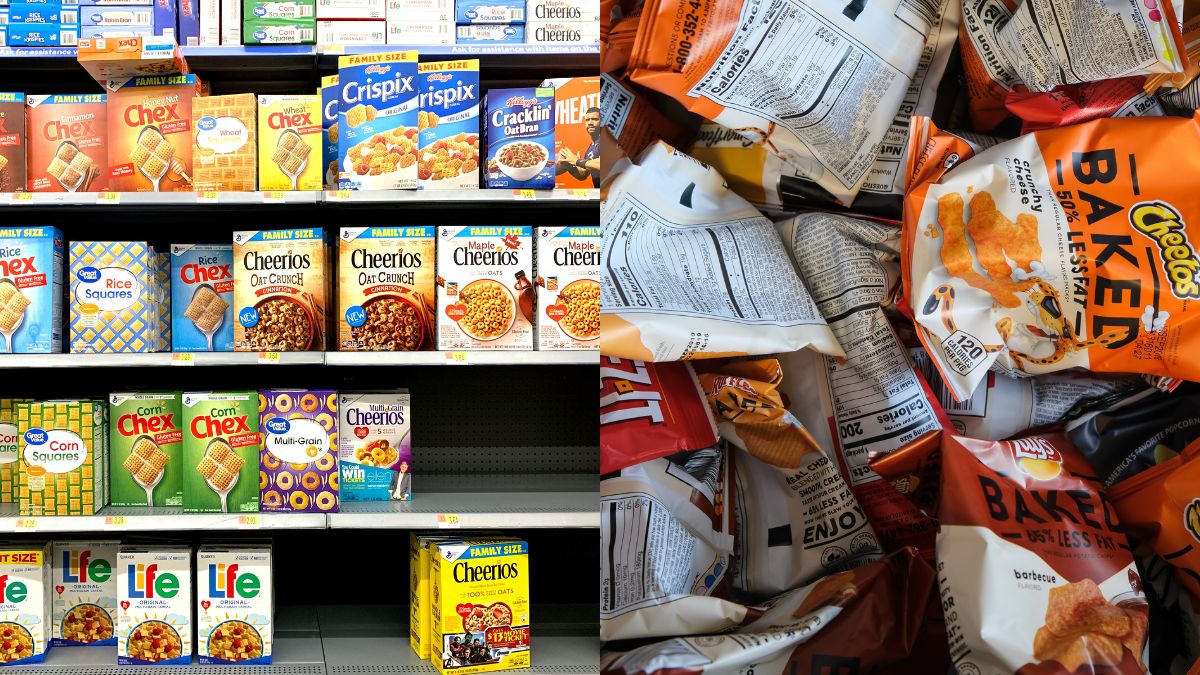The rapid life of metropolitan cities has thoroughly changed our lifestyle. We are more dependent on packaged food than home-cooked meals. The Food Safety And Standards Authority Of India, or FSSAI, regulates these chips, biscuits, and other packed food and passes regulatory orders for its manufacturing. Recently, the FSSAI came up with a new method of labelling and rating these packaged food items called the Indian Nutrition Rating.
What is Indian Nutrition Rating And Its Features?

The Indian Nutrition Rating, or INR, is a new technique for the analysis of the packaged food that we consume. The notification for INR came in 2020 by the FSSAI. To simplify, the INR system will analyse the food item and its ingredients and give scores. These scores will determine the rating of the food item. For instance, a score below 11 will gain a 5-star rating whereas that above 25 will get a 1 or 0.5. The quantity of analysis for these food items is 100 gm for solids and 100 ml for liquid. Besides, the manufacturers must print these given ratings on the front for the consumers.
New Ratings In The Indian Nutrition Rating And Its Features
Besides the star ratings, the Indian Nutrition Rating will include warning labels for the quantity of salt, sugar, and fat in the food item in the form of a traffic light system. The label of nutrition content will have a detailed description of each nutrient. There are three categories in which the analysis of food will take place namely the solids, the liquids, and those with no labels. The Front of Packed Nutritional Labelling introduced in INR enables the consumers to know the ingredients and give its visual representation.
Also Read: Indian Street Food And Eateries Reuse More Than Half Of Cooking Oil: Report
The Experts Take On The New Regulation

Many public health experts and nutritionists have pointed out flaws in this new system of food regulation. The main criticism is that the limit of sugar per 100 gm is 21% whereas the FSSAI regulations allow only 10%. Secondly, the star rating will confuse the customers between healthy and unhealthy food. For instance, if the ingredient list for a particular food item consists of fruits, nuts, and other healthy elements then the rating might fluctuate. Also, adding healthy elements won’t guarantee any adverse effect on the human body. The demand is to rethink this new system.
Also Read: Ahmedabad To Get 5 Star Rating System For Packaged Foods To Indicate Unhealthy Items
Processed food is surely not good for your health. The recent increase in health issues point out in many directions, food regulations being the most important.
Cover image Courtesy: Unsplash
First Published: November 24, 2022 2:15 PM



